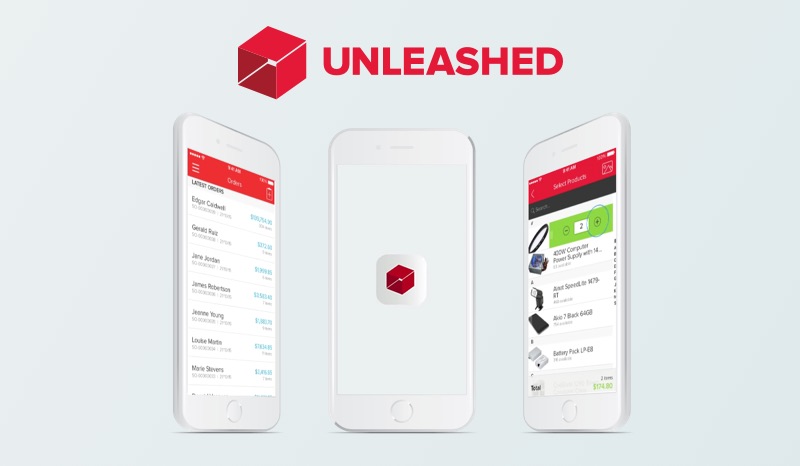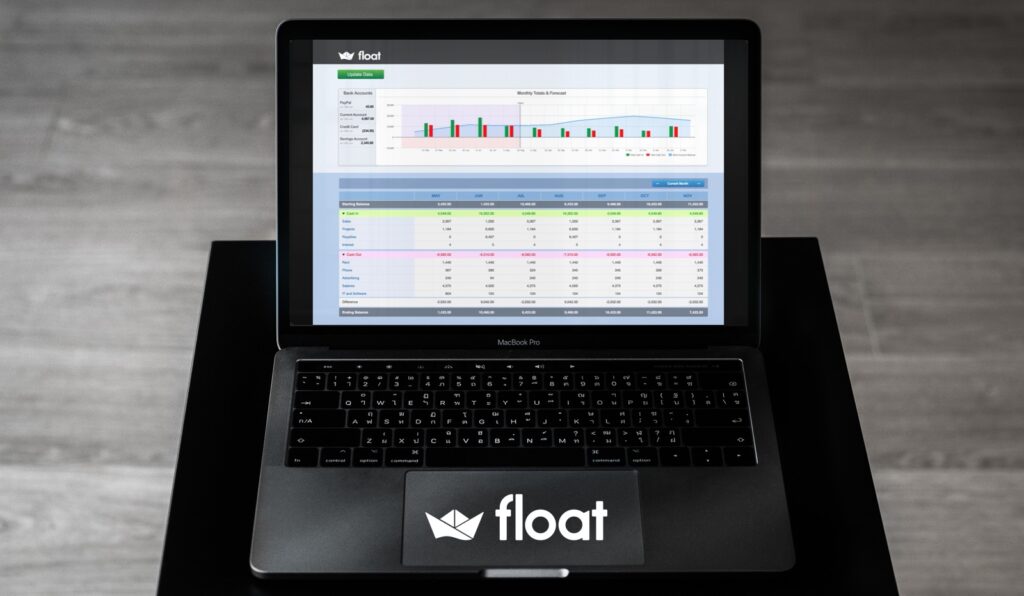How do I calculate my revenue?
Your revenue for the RSP calculation should be based on standard accounting principles for revenue recognition. i.e., how you would normally prepare your annual or monthly reports.
For example:
- For a business that deals mainly in cash, such as restaurants and bars, revenue would be the daily takings.
- For a business that invoices its customers, revenue would be the tasks carried out by the business that entitled it to invoice its customers, regardless of when the invoice was sent.
It’s important to note that you should not hold back on invoicing as a way of qualifying with the income reduction. The IRD is very clear about when the work is done not the date you invoice. As with any other tax type, the IRD can review your claim and may choose to investigate and ask for supporting evidence. We recommend that you publish reports in Xero or keep notes and calculations to support the figures you use in the application.
Passive income such as interest and dividends are excluded from the measurement of revenue.
How do I know what 7-date period to use for my revenue calculation?
Applications are currently open for 5 different periods.
Affected revenue period: This is the period where your revenue may have declined due to alert level changes.
Comparative revenue period: This is the period where your business was not deemed to be impacted by the change in alert levels.
For any RSP application, your comparative revenue period will be:
- For most businesses, the comparative period will be any 7 consecutive calendar days in the 6 weeks prior to the increase from Alert Level 1 (on 17 August 2021).
- For seasonal business, the comparative period will be any 7 consecutive calendar days prior to the increase in alert level, and where that period would be considered “typical” of the business.
Note – the 7-day period refers to calendar days (not business or working days).
How do I calculate whether my revenue has dropped by 30% or more?
Firstly, you need to determine what your business’s revenue was for the 7-day affected revenue period and the 7-day comparative period.
The revenue in the affected revenue period needs to have declined by 30% or more compared to the comparative period.
For businesses that invoice monthly, you might use the approach to base the drop on chargeable hours in a 7 day period during the lockdown versus chargeable hours before the lockdown.
If you’re using chargeable hours, reference them to see any changes in workload patterns.
As long as you keep notes and evidence to support to reduction in income, you will be able to justify the application if you are ever asked by IRD.
Does the reduction in revenue have to be related to the change in alert level in my area?
No, the reduction in revenue must be related to the alert level changes in New Zealand but does not have to be specific to your area.
Example: My business is in Christchurch, but most of my customers are in Auckland. My business has been affected by the alert level changes in Auckland, even though I am physically located in Christchurch.
How do I calculate the full-time equivalent (FTE), if I have part-time workers?
A full-time employee (working 20 hours or more) is equal to 1 FTE.
A part-time employee (working less than 20 hours) is equivalent to 0.6 FTE.
E.g., John has 10 full-time and 6 part-time employees, so you can work out your total FTE’s by using the calculation example below:
- 10 full-time employees × 1 FTE = 10.
- 6 part-time employees × 0.6 FTE = 3.6 (this would be rounded up to the nearest whole number, in this case 4).
- So, 10 + 4 = 14 FTEs
John’s total RSP payment will be the lessor of $7,100 (14 FTEs x $400 + $1,500), or 4 times his actual drop in revenue.
For the 5th support payment where the payment has doubled, the payment will be the lessor of $14,200 (14 FTE’s x $800 + $3,000), or 8x the actual revenue decline.
How is the RSP treated for tax purposes?
Payments received under the RSP are not subject to income tax and should be coded to a non-assessable income code. We can give you help to set up the correct codes. However, the RSP is received inclusive of GST and GST must be returned to IRD if you are GST registered.
In addition, expenditure funded with the RSP is not tax deductible. When we prepare the financial statements, we will extract expenditure to match against the RSP receipts and treat them as non-deductible in the tax return.
Please contact your Engine Room advisor if you are unsure how to record the RSP in your accounts or your income tax return.
What can I use RSP receipts for?
The RSP is being paid to assist businesses to pay their core operating expenses and overheads, such as rent, telephone, insurance, rates, accounting fees etc while in lockdown and income is reduced. The RSP can be used to cover wages but remember that you pay GST on the RSP receipts so it is better to use it against expenses with GST.
You can also use the RSP to purchase assets but the depreciation related to that asset will not be deductible.
What is the process of applying?
You apply for the RSP within myIR. There are a lot more questions to answer and figures to enter than the Wage Subsidy. You are required to confirm that the business is viable and ongoing, enter the dates and revenue amounts for the comparison as well as the details of employees. A shareholder employee can be included in the employees as long as they regularly work for the business, whether or not the business has paid a shareholder salary in a particular year.
You also have to have a New Zealand Business Number to apply. A company will automatically have one when it is formed. You can find it on the Companies Office in the company summary page. You can apply for one for sole traders, partnerships and other entity types.
At the end of the application you declare that you comply with all the terms and conditions.



